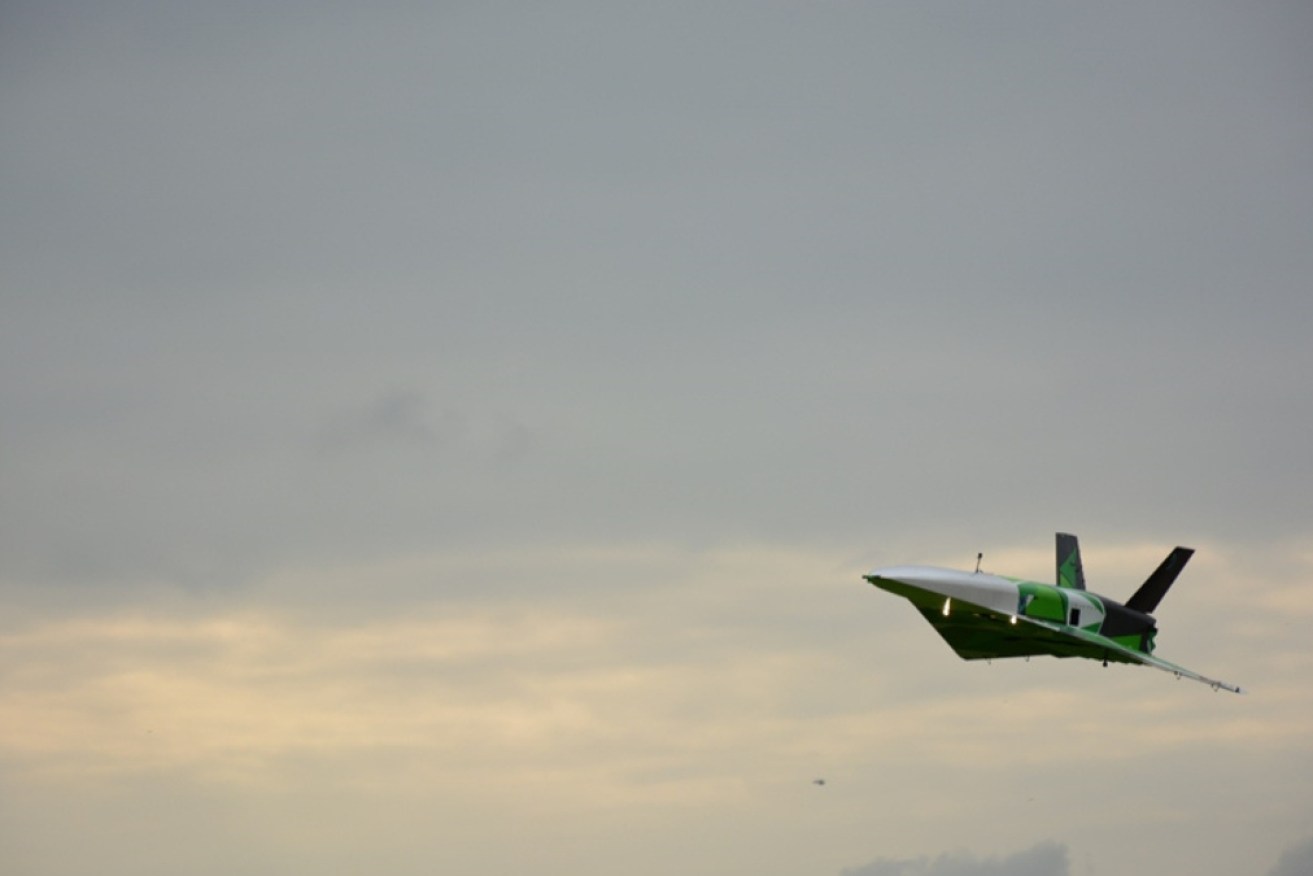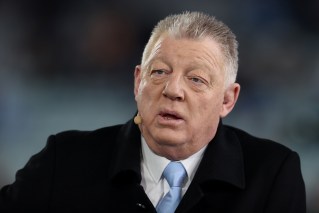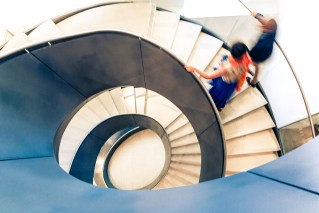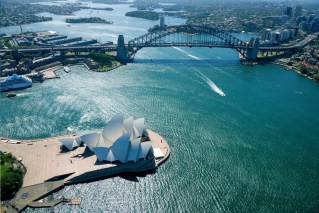Fly Sydney to Frankfurt in four hours? It may come faster than you think


Aerospace manufacturers are trying to make our high-speed travel dreams a reality. Photo: Destinus
Australians have it tough with international travel, often facing flights that take more than 10 hours, or more if we want to go much further than our immediate neighbours.
But if we took those same trips on a plane travelling faster than the speed of sound, they about the same time as a flight between Perth and the Gold Coast.
Aerospace start-ups are working on making this a reality with supersonic and hypersonic planes.
Supersonic means faster than the speed of sound (Mach 1), while hypersonic means travelling at five times faster than the speed of sound (Mach 5).
Supersonic passenger planes are not entirely new; the Concorde was the world’s last supersonic passenger jet, carrying its first commercial passengers in 1976.
But the planes were plagued by technical and engineering issues, while high fuel consumption and limited seating meant Concorde flights didn’t turn a profit.
Since the Concorde was retired in 2003, travelling around the world faster than the speed of sound has been largely relegated to wishful thinking.
But there are many aerospace developers working hard to put high-speed planes on airport tarmacs within the next few decades.
Hypersonic transport
One of these is Swiss private aerospace company Destinus, which is working on hypersonic airplanes for worldwide cargo and passenger transportation.
The company says a Destinus hypersonic plane could take passengers from Sydney to Frankfurt in four hours and 15 minutes – a huge improvement on the current 20-hour flight.
Source: YouTube/Destinus
Its first two prototypes have made successful test flights and are about to start testing hydrogen-powered flight. Its third prototype – Destinus 3 – is set to make its inaugural flight by the end of the year.
The company is now planning to test a third prototype (this time fuelled by hydrogen instead of standard jet fuel) by the end of this year.
Other companies pursuing hypersonic planes include US-based companies Hermeus and Venus Aerospace.
Speeding to the future
The need for speed has long been a part of the human condition, Anand Veeraragavan, co-director at the University of Queensland’s Centre for Hypersonics, told TND.
“The hope and ambition that you can fly from one part of the world to the … distinctively opposite end of the world in a very short period of time, it’s an alluring thing,” he said.
While hypersonic speed could bring the world much closer to Australians, with international flights shorter than a road-trip from Adelaide to Melbourne, it doesn’t come without issues.
Procuring materials that can withstand travelling faster than the speed of sound is difficult and expensive.
Dr Veeraragavan said a vehicle travelling at Mach 5 will experience “quite severe” frictional heating, and the technologies associated in manufacturing materials that can travel at that speed without melting are still maturing.
The sound created by reaching that speed is also a major issue; a ‘sonic boom’ is a thunder-like noise that occurs the moment something passes the speed of sound.
At this stage, it’s likely any supersonic or hypersonic plane would only be allowed to reach their full speed potential over the ocean rather than over land – although NASA is working on taking the sonic boom out of the equation.
How soon?
Dr Veeraragavan said hypersonic speed will likely be tested on unmanned space and military operations first, with significant developments being made in that area by companies such as Boeing and Australia-based Hypersonix.
He’s hopeful to see commercial hypersonic travel within the next decade, although the high cost of materials and fuel will likely see tickets be unaffordable for many.
But the difficulties in building large, passenger-carrying aircraft that can withstand such high speeds means not everyone is as optimistic.
Matthew Marino, RMIT University senior lecturer, said he doesn’t think the world will ever see commercial hypersonic planes thanks to the heat travelling at Mach 5 generates, and the danger of flying at such speeds.
“It’s also a very … dangerous place to fly, because if something does go wrong, you need to decelerate the aircraft quite aggressively back to subsonic speeds because you’re travelling so fast, and that puts a lot of heavy stress on the airframe,” he said.
But he says supersonic planes could start to be seen on airport tarmacs within the next decade.
These would still travel at almost double the speed of a normal commercial airliner – but the price-point will reflect the luxury of that higher speed.
“All of those tickets will be for upper-business class … where you can actually afford to be on an aircraft of that calibre, because a ticket will be expensive. You’re burning more fuel when you’re flying that fast,” Dr Marino said.
US-based aerospace manufacturer Boom Supersonic already has orders for its upcoming supersonic Overture planes from airlines such as United Airlines, Virgin Atlantic and Japan Airlines.
Boom Supersonic is aiming for its Overture airliners to carry passengers by 2029.








